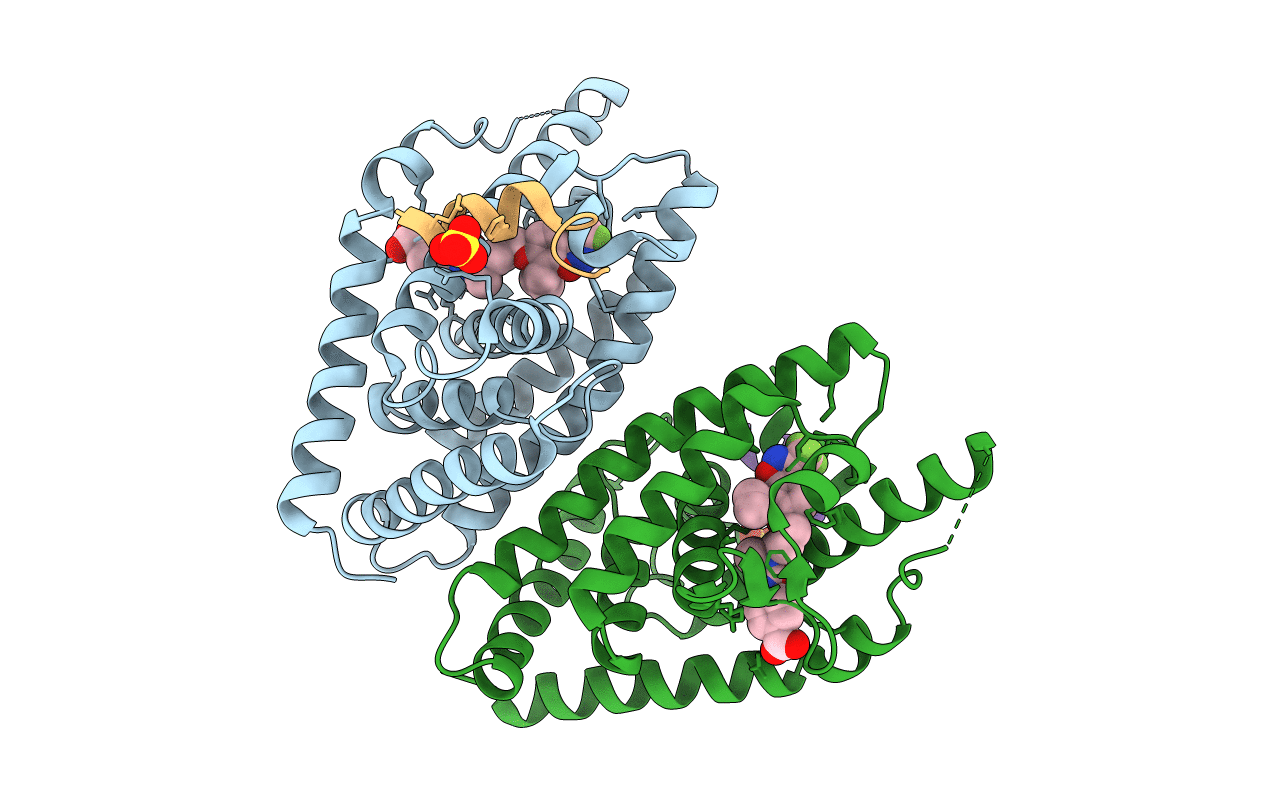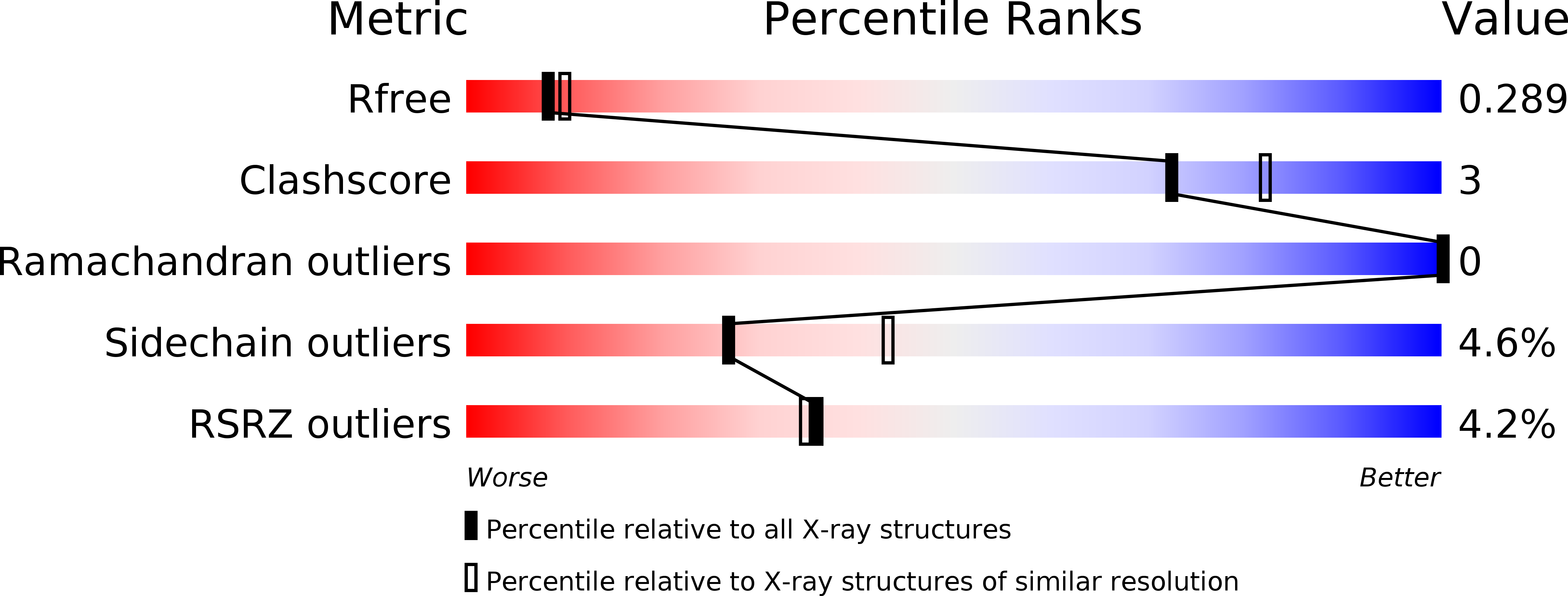
Deposition Date
2009-08-18
Release Date
2010-06-02
Last Version Date
2024-04-03
Entry Detail
PDB ID:
3IPU
Keywords:
Title:
X-ray structure of benzisoxazole urea synthetic agonist bound to the LXR-alpha
Biological Source:
Source Organism:
Homo sapiens (Taxon ID: 9606)
Host Organism:
Method Details:
Experimental Method:
Resolution:
2.40 Å
R-Value Free:
0.29
R-Value Work:
0.23
R-Value Observed:
0.23
Space Group:
P 4 21 2


